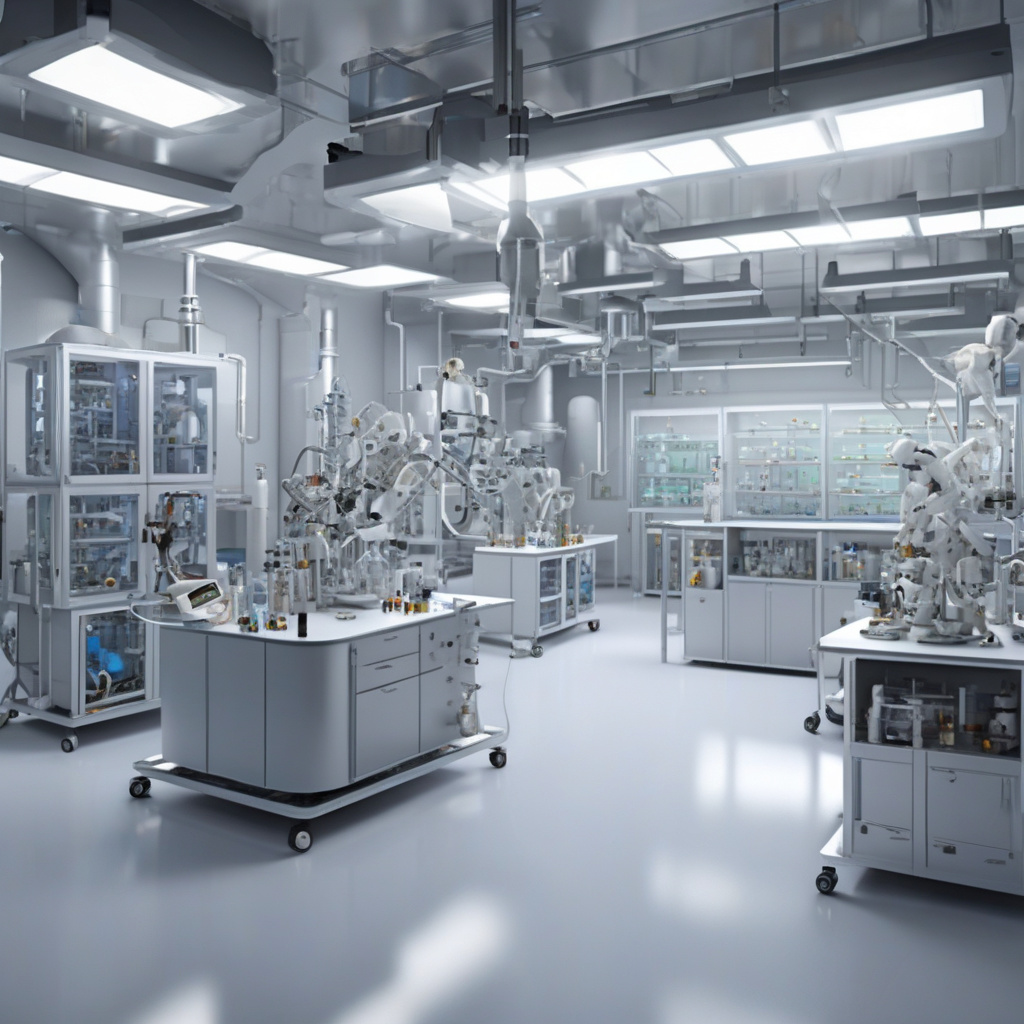Researchers Develop Low-Carbon Cement Recipes 1,000 Times Faster with AI
Cement is crucial for modern infrastructure, but its manufacturing process releases much carbon, contributing heavily to the world’s carbon footprint. However, a groundbreaking development in the field of construction materials may revolutionize the way we produce cement. Researchers have successfully developed low-carbon cement recipes at a speed 1,000 times faster than traditional methods, all thanks to the power of Artificial Intelligence (AI).
The traditional process of cement production involves high-temperature kilns that consume vast amounts of energy, leading to significant carbon emissions. With the construction industry’s ever-growing demand for cement, finding sustainable alternatives has become imperative. This is where AI steps in to offer a game-changing solution.
By leveraging the capabilities of AI, researchers have been able to expedite the experimentation process for developing low-carbon cement recipes. This technology allows them to simulate various combinations of raw materials, proportions, and manufacturing conditions rapidly and efficiently. As a result, what used to take months or even years to achieve can now be accomplished in a fraction of the time.
The key advantage of using AI in this context is its ability to analyze vast amounts of data and identify optimal solutions much faster than human researchers ever could. By feeding the AI system with data on the desired properties of cement, as well as environmental constraints such as carbon emissions, researchers can generate innovative recipes that meet both performance requirements and sustainability goals.
One notable example of AI-enabled cement innovation is the development of a novel recipe that replaces a significant portion of traditional clinker with supplementary cementitious materials. By doing so, researchers have managed to reduce the carbon intensity of cement production while maintaining the material’s integrity and strength. This achievement showcases the immense potential of AI in driving sustainable practices within the construction industry.
Furthermore, the use of AI in cement research opens up possibilities for customization based on specific project requirements. Whether it’s enhancing durability, improving workability, or reducing environmental impact, AI can facilitate the creation of tailor-made cement formulations that address the unique needs of each construction project.
As we look to the future of sustainable construction, innovations like AI-assisted cement development are poised to play a significant role in reducing the industry’s carbon footprint. By accelerating the pace of research and enabling the creation of low-carbon cement recipes, we are paving the way for a more environmentally friendly approach to infrastructure development.
In conclusion, the marriage of AI and cement research represents a promising fusion of technology and sustainability. By harnessing the power of artificial intelligence, researchers have unlocked a faster, more efficient path to developing low-carbon cement recipes that are vital for building a greener future.
low-carbon cement, AI, sustainable construction, infrastructure development, carbon footprint












